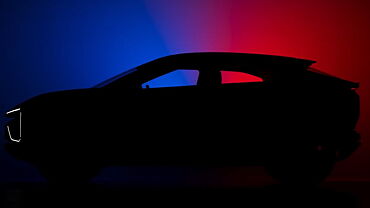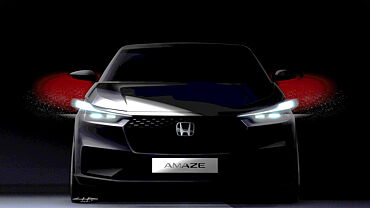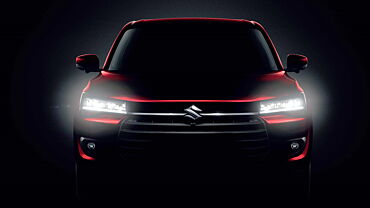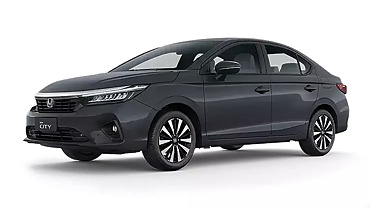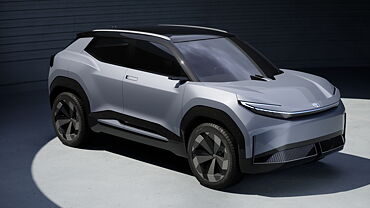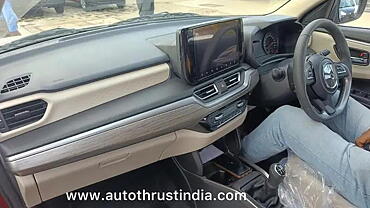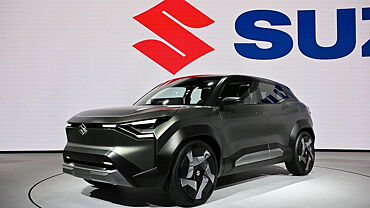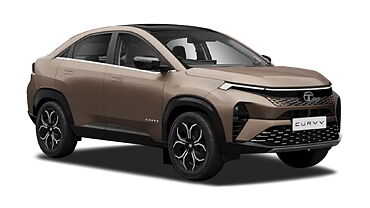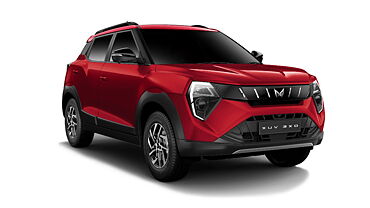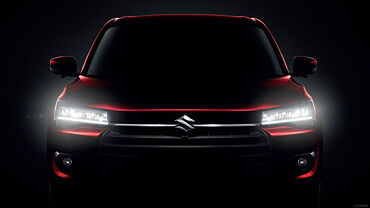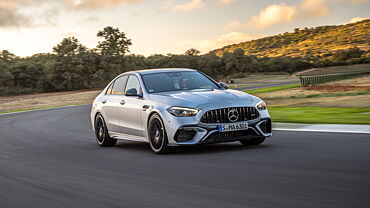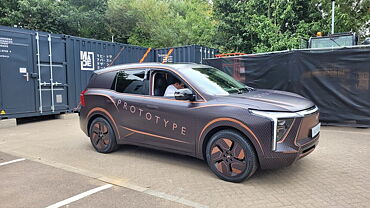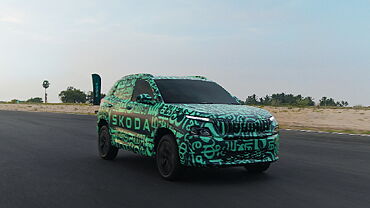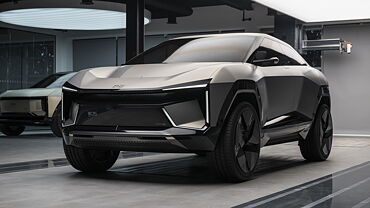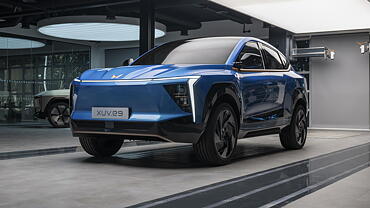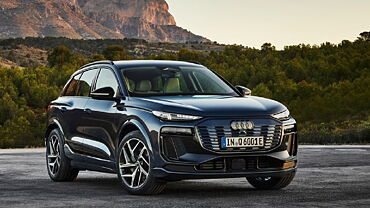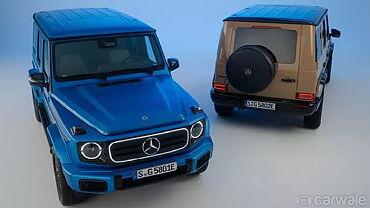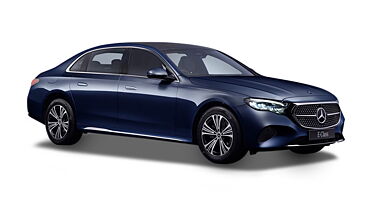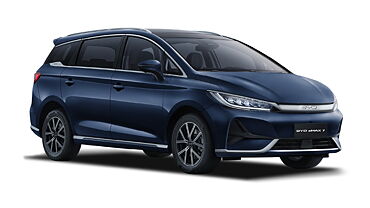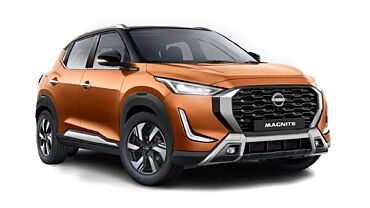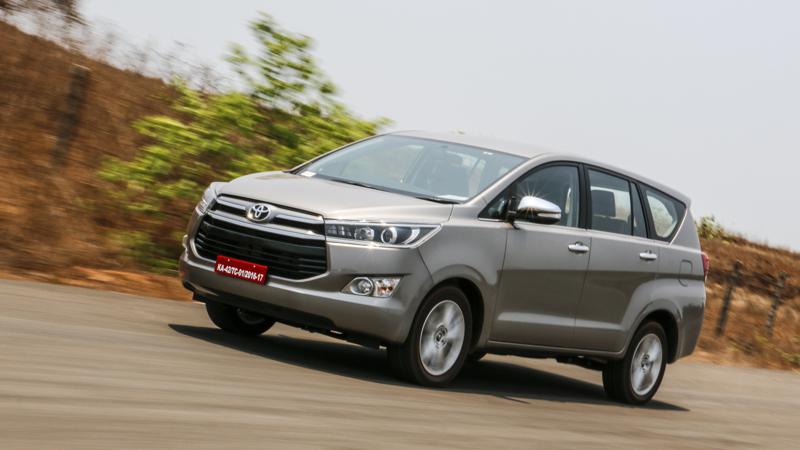
Opening
The Toyota Innova has quite a history. Every now and then one comes across a handful of unbelievable stories. Stories related to how this machine keeps the owner satisfied with tank-like reliability and absolute minimum cost of ownership. Which is why we see a lot of them on the road. But it has done its time and Toyota is all set to inject some spice and premium feel into this MPV segment by soon offering the Innova Crysta. This model is a completely new vehicle based on the TNGA (Toyota New Global Architecture) platform. Already sold in Indonesia since November 2015, the Innova Crysta promises a whole new Toyota MPV experience when it will be launched here in May. We drove it and here’s what we thought of it…
Appearance Exterior
When you set eyes on the new Innova Crysta it’s obvious that Toyota wanted to take its MPV to a more luxurious and desirable place. And it shows in its design. The exterior is dominated by the two-slat hexagonal grille that runs vertically down the bumper. Toyota says this was done to make the car look wider. The grille is flanked by nice looking sweptback double barrel projector-halogen headlamps with DRLs. And that’s followed by the angled fog lamps lower down. What completes the striking fascia is the sharp lines with which the bonnet connects to this dramatic front end.
Move on to the sides and you are greeted by the earlier Innova’s characteristic MPV boxy cues. Toyota has tried to mask this look by smartly opting to use a sloping angular design for the third row window. Also, while the overall profile of the rear remains the same, the tail lamps are new and extend under the window. Engineers have incorporated fins on to the edges of the tail lamps and door mirror plates to aide streamlining. That said, the body lines from the wheel arches and the belt line meet at the rear bumper which sleekly surround the boot opening. This design imparts an unmistakeable premium look to the Crysta.
Appearance Interior
When seated in the Innova Crysta, one appreciates the fresh design of the dashboard. Toyota has given it a radical silver lined curve that outlines the dash accentuating its flowing design. This coupled with the dual coloured seats, chunky steering and soft touch door pads lend a plush feel to the cabin. However, we did notice inconsistency in the plastic grains on sections of the dashboard. On the other hand, you get plenty of storage space on the centre console, door pads, two slimmer-than-usual gloveboxes and two cup holders that can be drawn out from the dash.
Visibility all around from the driver’s seat is as good as the earlier car, except for the third row quarter glass section whose window line is now slanting upwards. This slightly hampers the view while backing up. All the buttons and controls to the car’s functions, especially those on the touch screen, are raked and easy to access. However, the air-con controls and the chrome transistor-like buttons below the screen felt inferior. These are raked even more and a sunny day can make it difficult to read the air-con display. Steering mounted controls are large and have bigger fonts to aid visibility. The twin-pod instrument cluster looks contemporary, especially with the sporty bright blue rings on the dials along with the multi-function display in between. USB and aux-in operations are within reach from the middle row as they are smartly placed between the front seats with a provision to store your phone upright.
Slide on to the front seats and you will understand that they are better contoured and offer an extra hint of back support than the outgoing car. Buyers will love the liveliness of the cabin, especially in the front and the second row which now houses adjustable ambient lighting. There’s more shoulder room in the second row and the seats are a huge improvement. They are much more supportive and larger than earlier. Second row legroom can be extended by using the lever on top of the front passenger seat. This brings us to the last row of seats and though they feel like a compromise for adults, ferrying people in them can be accomplished in acceptable comfort. Toyota has placed the middle occupant’s headrest in the boot, just in case it’s needed. With all three rows up, boot space is as good as the earlier Innova. It goes without saying that folding the middle and last row seats will help gain access to much more luggage space.
Toyota was quick to add that the new Innova Crysta will get three airbags, including a driver side knee airbag, ABS and brake assist as standard. The top of the line ZX will get seven airbags, stability control and hill-start assist to name a few. Also on offer is an integrated touch screen infotainment system with navigation, bluetooth, USB and aux-in. There’s a multi information display, Eco and Power modes, power mirrors that retract electrically, two-zone automatic climate control with rear on digital display and adjustable ambient roof lighting. Add to this seat back folding tables for the second row, powered front seats, and the capacity to hold up to 20 one-litre bottles.
Performance Drive
The Toyota Innova Crysta will be offered in two engine options. There’s a 2.4-litre diesel motor that makes 150bhp at 3400rpm and 343Nm of torque between 1400rpm and 2800rpm. This engine runs a five-speed manual transmission. Also on offer is a 2.8-litre diesel motor that produces 174bhp at 3400rpm and 360Nm of torque between 1200rpm and 3400rpm. This mill is coupled to a six-speed automatic gearbox. Toyota claims the ARAI fuel efficiency figures for the 2.4-litre manual is 15.1kmpl, and the 2.8-litre automatic is 14.29kmpl.
We drove the automatic first and once off the mark in D mode, you notice the engine becomes noisy when revving hard. Floor the accelerator pedal and the gears shift up automatically at 4000rpm. Power delivery is linear and fulfils most requirements while propelling this MPV with a reassuring surge. Back off the throttle while driving and the D mode springs the rpm close to the idle revs. However, the same exercise in the S mode reveals a drop in rpms only in higher speed. Back off the accelerator in low speeds and the revs are held for better response. ‘Eco’ and ‘Power’ modes that are available in both D and S mode are basically remaps. So while the driving characteristics may not vary by a whole margin, expect the fuel efficiency to.
We experienced a considerable overall bump in response in the manual geared Innova Crysta compared to the older Innova. However, the characteristic ultra-strong torque, lower down in the revs of the older Innova, has been substituted by a more linear spread-out through the rev range. While the Eco mode holds a slight lag, the normal mode feels more linear in comparison. But, it is the Power mode where the Crysta feels the most responsive all across the rev range. It revs easier and gathers pace with newfound enthusiasm. The five-speed gearbox meanwhile has better shift quality over the outgoing car, but it could still do with shorter throws and lesser vibrations.
Toyota’s new Innova Crysta is built on a frame that’s more rigid due to the additions of more cross members and additional welding points. This would’ve translated into a weight gain but to counter this, high tensile steel has been used for the chassis frame, underbody (reinforcements), upper body (A and B pillar) and seat structure. Drive the Crysta and the rigidity of the frame shines through purposefully. Overall, the ride on the new car is softer than in the old Innova but the body movement isn’t excessive. We noticed that the ride on the Crysta’s manual transmission version is softer when compared to the automatic car. Also, push the Crysta through a series of long curves and you will appreciate the higher grip, and the lighter, more responsive steering compared to the older Innova.
Tech Specs
| Make | Toyota | Toyota |
| Model | Innova Crysta | Innova Crysta |
| Fuel | Diesel | Diesel |
| Variant | ZX | ZX |
| Engine Capacity | 2393 | 2755 |
| Max. Power (bhp@rpm) | 150 @ 3400 | 174 @ 3400 |
| Max. torque (Nm@rpm) | 343 @ 1400-2800 | 360 @ 1200-3400 |
| Gears | Five-speed manual | Six-speed automatic |
| Length mm | 4735 | 4735 |
| Width mm | 1830 | 1830 |
| Height mm | 1795 | 1795 |
| Wheelbase mm | 2750 | 2750 |
| Fuel Capacity (in litres) | 55 | 55 |
| Tyre size | 215 / 55 R17 | 215 / 55 R17 |
Features
| Features | |
| 7 SRS airbags | Yes |
| ABS with EBD and BA | Yes |
| Vehicle Stability Control | Yes |
| Hill Start Assist Control | Yes |
| Seat back folding tables | Yes |
| Push Start/Stop button | Yes |
| Auto air-con with digital display for second row | Yes |
| Ambient lighting | Yes |
| Leather seats | Yes |
Competition All Specs
| Specifications | Toyota Innova Crysta |
Toyota Innova Crysta |
Renault Lodgy |
| Variant | ZX | ZX | RxZ |
| Fuel | Diesel | Diesel | Diesel |
| Engine Capacity | 2393 | 2755 | 1461 |
| Max. Power (bhp@rpm) | 150 @ 3400 | 174 @ 3400 | 110 @ 3500 |
| Max. torque (Nm@rpm) | 343 @ 1400-2800 | 360 @ 1200-3400 | 245 @ 1750 |
| Gears | Five-speed manual | Six-speed automatic | Six-speed manual |
| Length mm | 4735 | 4735 | 4498 |
| Width mm | 1830 | 1830 | 1751 |
| Height mm | 1795 | 1795 | 1697 |
| Wheelbase mm | 2750 | 2750 | 2810 |
| Fuel Capacity (in litres) | 55 | 55 | 50 |
| Tyre size | 215 / 55 R17 | 215 / 55 R17 | 185 / 65 R15 |
Conclusion
The confidence Toyota has in its MPV product is quite similar to how the buyer perceives the vehicle to be; simply commendable. We saw it when Toyota pulled the plug on the Qualis when it was absolutely flourishing in our market. Then came the Innova and it ultimately caught up and even outsold its predecessor. Buyers still swear over its bullet-proof reliability and they’re ready to part with even Rs 18 lakh (ex-showroom Mumbai) for the top-end versions. While in the latest iteration, the Innova Crysta, is a substantial improvement over the old Innova’s strengths, it will come at a premium. Especially, as it now ticks all the boxes to contend in the higher end of the MPV segment. And we believe that buyers will just carry on and pile on the bookings.
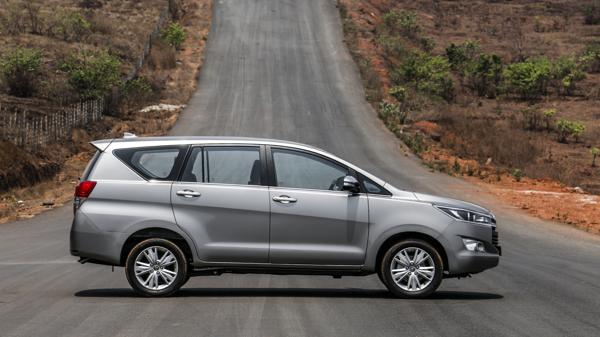
Pictures by: Ameya Dandekar
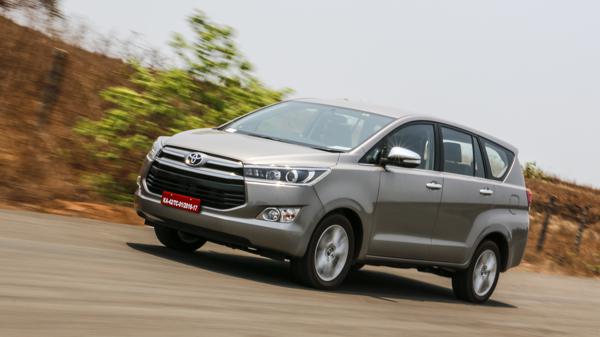
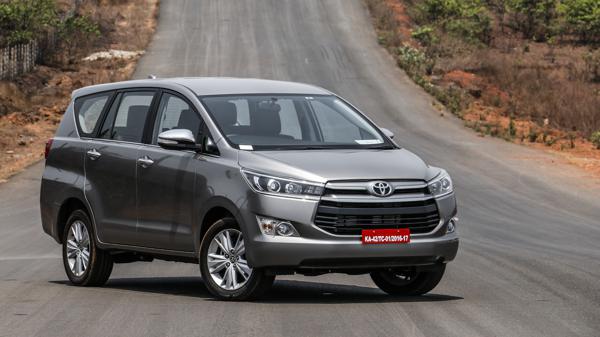
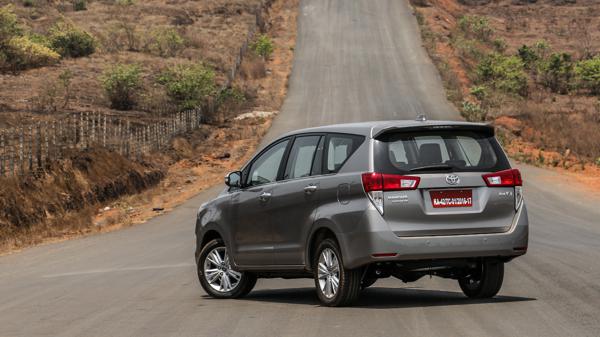
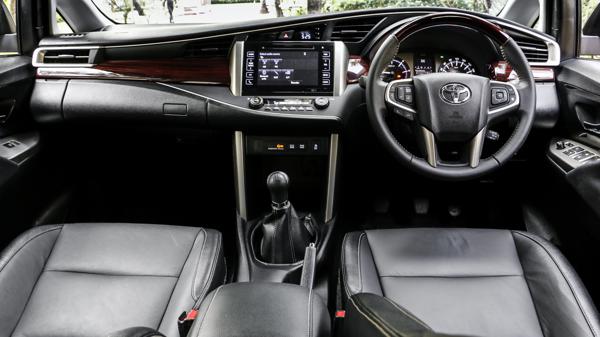
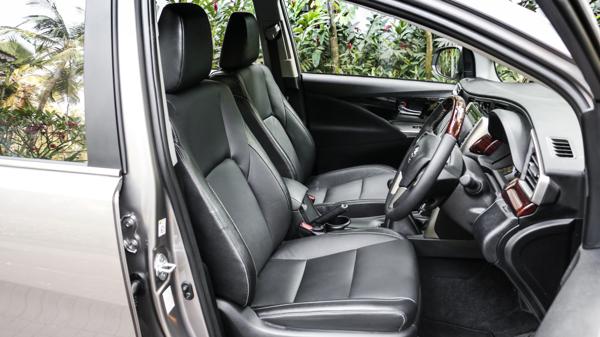
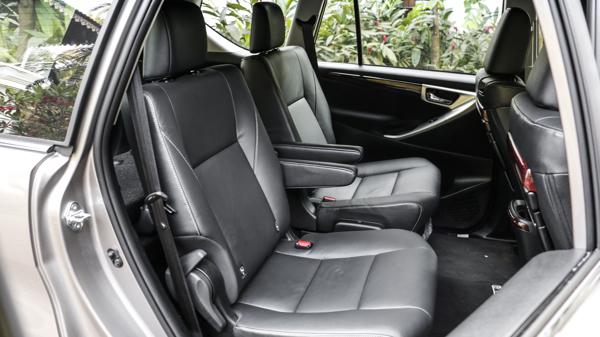
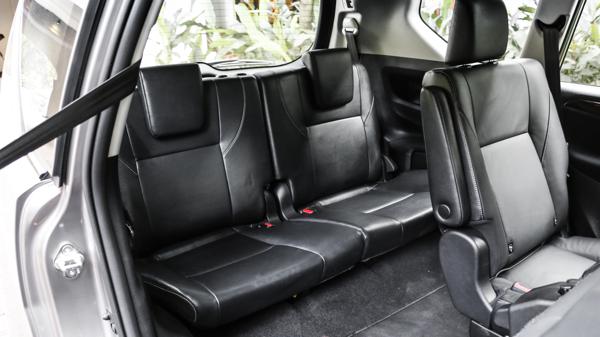
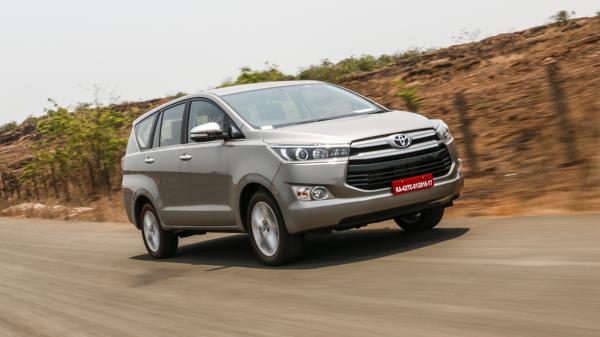
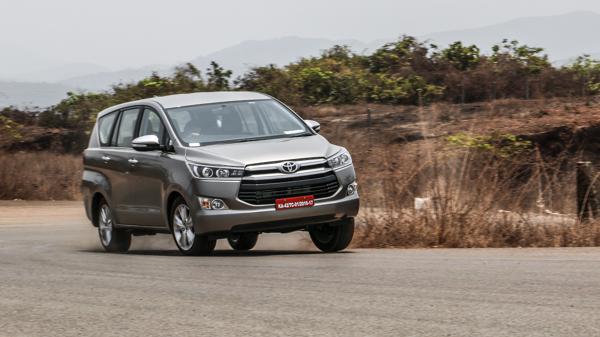
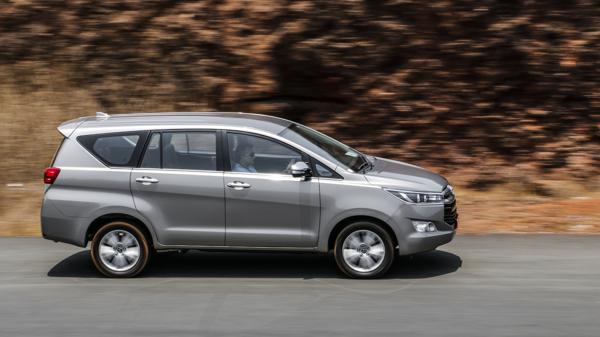
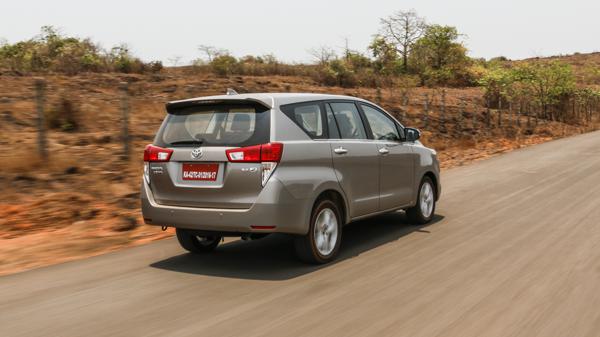
![Toyota Innova Crysta [2020-2023] Toyota Innova Crysta [2020-2023]](https://imgd-ct.aeplcdn.com/160x89/n/cw/ec/51435/innova-crysta-exterior-right-front-three-quarter-3.jpeg?q=80)
